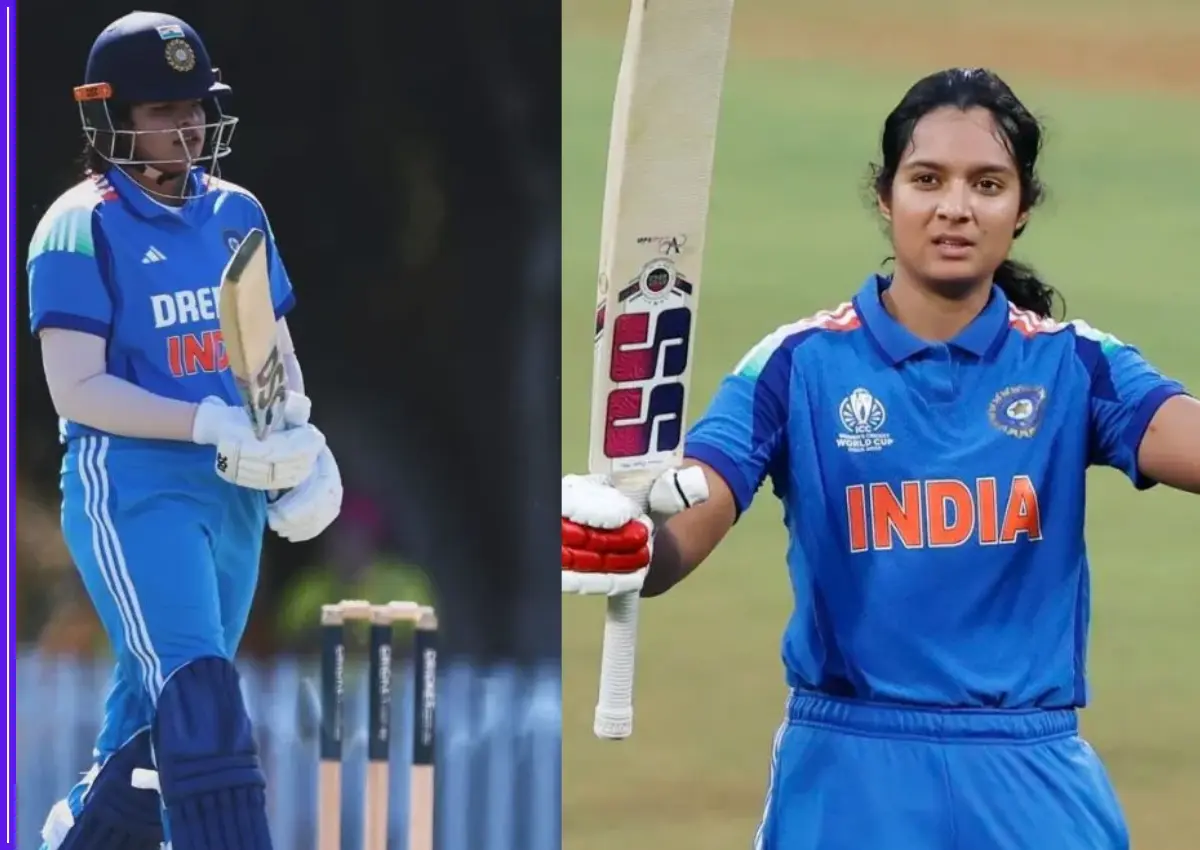Women have an advantage in some competitions, including ultra running and shooting sports.
Penny Lee Dean remembers the cold vividly, even though it has been over 40 years. Dean’s training was severe, as he prepared for a record-breaking swim across the English Channel, regardless of gender, in 1978. “Your hands and legs cramp,” she remembers. After her practice open-water swims, it would take her hours to feel warm again. There needed to be more than a 20-minute hot shower. Neither was a dip in a single hot tub; as soon as one became chilly, she would join another while holding a cup of tea.
While the cold was unbearable, she overcame it to become a record-breaking swimmer. One benefit that women may have in this activity is the capacity to handle extreme cold, since their fat distribution aids in the regulation of body temperature in cold water. Dean feels that women have a greater tolerance for discomfort.
In truth, women may outperform or perform comparably to males in a variety of competitive activities, including sport shooting and ultrarunning. However, the journey to greater inclusiveness has not been straightforward, and there are still more questions than answers concerning the role of sex in sports performance.

A tough comparison.
Øyvind Sandbakk, a professor of sports science at UiT The Arctic University of Norway and the director of the Norwegian School of Elite Sports (NTG), has found together with colleagues that the gaps in the average performance between elite female and male athletes have tended to plateau at around 8–12% difference in world-record results in favor of men. The gap can be significantly smaller for ultra-endurance swimming and larger for sports involving substantial upper-body strength, the study found.
The pool of contestants may also be limited owing to gender prejudice. Some sports with “aesthetic” features have been categorised as feminine, whereas martial arts like boxing are less acceptable to women in some contexts. No men are competing in artistic swimming at the Paris Olympics.
Sandbakk also emphasises that it is difficult to distinguish between biological and social factors that contribute to disparities in athletic performance between men and women. These include uneven access to sporting opportunities. And context is key. However, in long-distance competitions, being more deliberate about beginning speeds and pacing might be advantageous. “Women generally seem to be better pacers, for instance in marathon runners,” Sandbakk explains. Competitiveness is a combination of physiology, social upbringing, and psychology. While most studies have focused on children’s physical abilities, there is some evidence that the social environment around females can influence their competitiveness when compared to boys.
Certainly, according to a scientific consensus announced in 2023 by the American College of Sports Medicine, the variations in athletic ability between girls and boys are “minimal” before puberty, after which the disparity widens. It is worth mentioning, however, that the evidence on pre-puberty performance is conflicting, with some research indicating that young boys had an athletic advantage in track sports, for example.
Testosterone levels are often associated with increased muscle growth and strength, as well as greater haemoglobin concentrations and hence improved oxygen absorption. It has also been linked to greater competitiveness among males. In terms of competition, testosterone impacts men’s proclivity to take more risks, both in and out of sports.
There is little study on how testosterone affects women (or how oestrogen affects males). In general, men and women have testosterone levels that do not overlap. Maggie Mertens says in her book Better Faster Farther: How Running Changed Everything We Know About Women that averages can disguise the wide variation of hormone levels.
Mertens, a journalist who focuses on sports and gender, says there isn’t a clear linear relationship between testosterone levels and performance. “A lot of very elite male athletes have pretty low testosterone levels overall on average.” One endocrinology study found low testosterone concentrations in one-quarter of men competing in 12 of the 15 Olympic sports analysed. Mertens also says that even women with hyperandrogenism, who can have testosterone levels that reach
An ultradistant edge
Before her English Channel record, Dean set a new outright mark for the quickest swim in the Catalina Channel, off the coast of Los Angeles, California. She completed this 32.5-kilometer (20.2-mile) length of water in under seven hours and sixteen minutes. Dean is astounded that the record still exists. “You know, I wanted to break the record, and that was my objective, but I would have been content if it lasted a year. I never expected it to endure this long.”
Dean, a former top swimmer, physical education professor, and water sports coach, is still a strong supporter of marathon swimming. She especially enjoys the longer races, which she believes are the greatest representation of the sport. But, she adds, “I believe women can beat men at distances of 20 miles (32 kilometres) or more.” Dean argues that “if the water’s colder, the women have the advantage” is a crucial factor.
Women’s larger amounts of body fat may help them regulate their body temperature in cold water and float better. “For normal temperature ranges, men tend to be faster,” says Ned Denison, chairman of the International Marathon Swimming Hall of Fame’s executive committee. According to Denison, male swimmers are often tall and lanky, having a large surface area. “The surface area determines how cold you get” in addition to body fat.
According to sports writer Mertens, body fat is also “really helpful for these endurance races because, after a while of running, that’s what your body starts to fuel off”. “And if you don’t have that much, you can’t go as far,” Mertens explains. Sandbakk, a sports scientist, argues that women may have a disadvantage in other cold-weather ultra-endurance sports than they do in swimming since suitable attire aids in thermoregulation.
However, Dean argues that whatever advantage women may have in open-water swimming over extended distances is due to mental adaptation and the capacity to tolerate pain rather than insulation. Her mental preparation during her English Channel days included going over index cards with mantras like “the colder the water, the better” and “with each stroke, my arms get better and better”.
In ultradistance sports, the ability to manage several circumstances, including weather and discomfort, becomes very vital. In ultrarunning events, the larger the distance, the smaller the difference in timings between men and women. A 2020 review of ultrarunning data found that women were 0.6% faster after 195 miles (314 kilometres).
Overall, there is mixed evidence about how women’s tolerance of pain differs from men’s. At an elite sports level, comparisons are difficult, Sandbakk says. But women may have other advantages. While some research suggests that women recover faster after exercise, this could be due in part to their lower muscle mass and power production, which affect muscle fatigue. There may also be a link to greater flexibility in women and girls, helping with reduced stiffness.
A mental strength
Kim Yeji, a renowned athlete in a completely different discipline, agrees with Dean on the value of the mental game. Kim will compete in both the women’s and mixed shooting events at the Paris Olympics. The South Korean athlete had established a global record in women’s 25-metre pistol at the International Shooting Sport Federation (ISSF) global Cup earlier this year, narrowly surpassing her compatriot Yang Jiin’s current mark.
“I believe that shooting is more mental than physical. I think it’s more about the mind and the spirit,” Kim says. She believes that the ability to stay calm under pressure may be particularly beneficial to women shooters.
At the Olympics, the men’s 25-meter pistol event features rapid-fire shooting, therefore the physicality differs from the women’s event. A study of sports shooting at the 2020 Tokyo Olympics discovered that males performed better in sports with moving targets, while performance was gender equal in stationary settings.
According to Cassio Rippel, Chair of the ISSF Athletes Committee, although men’s muscles provide them with higher stamina and endurance, women’s lower body mass and lower center of gravity help them to maintain superior balance control. According to Rippel, the rifle events are the most gender-balanced of the Olympics’ three categories of shooting sports.
Overall, the admission of women to shooting sports has been a fascinating journey. At the 1992 Barcelona Olympics, Chinese shotgun shooter Zhang Shan won gold in the mixed-sex skeet shooting event. However, this was hardly a clear victory for women in athletics. At the following Olympics, women were forbidden from competing in the mixed event, although there was no women’s-only version.
Decisions concerning which sporting events to host, for whom, and under what conditions remain very difficult. The design of contests has an impact on both men’s and women’s performance, even though men’s events have traditionally been given priority. Mertens argues that there is still widespread societal unease with co-ed sports.
Vision for the Future
The Paris Olympics are the first to feature equal numbers of male and female athletes. This is also an opportunity to assess what gaps in inclusion still exist. While much of the science of sex and performance remains unresolved, Sandbakk is certain that further study with women is required. The majority of what sports scientists know about training, physiology, equipment, and apparel comes from studies on males. “If you want to narrow the gap further between men and women, I think more research on women in general…would be very beneficial,” adds Sandbakk. There is considerably little study on athletes outside of the gender binary.
Mertens emphasizes the need to appreciate women’s athletic achievements without comparing them to men’s, as well as the need to maintain some sporting tournaments gender-separated. However, she believes that witnessing women occasionally outperform males in athletics helps her grasp that our ability is on a spectrum. “We don’t have to fall into these two sides when we’re talking about sports, and that could hopefully be a way to embrace more gender diversity,” she jokes.
* An earlier version of this article said that Penny Lee Dean’s record in the Catalina Channel Swim was under seven minutes and sixteen seconds. It should, of course, have been seven hours and sixteen minutes. We apologize for the mistake.









